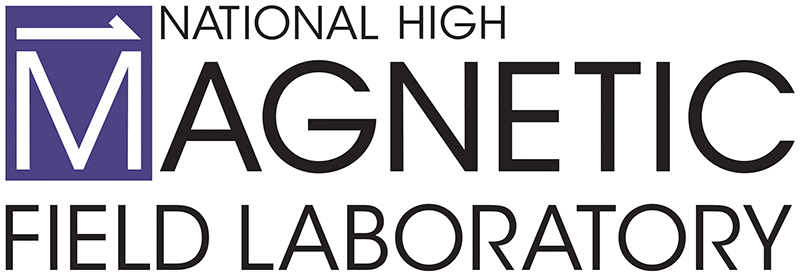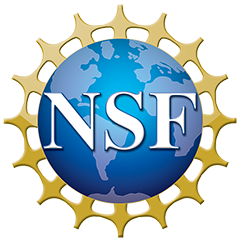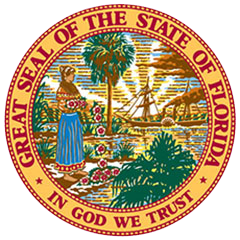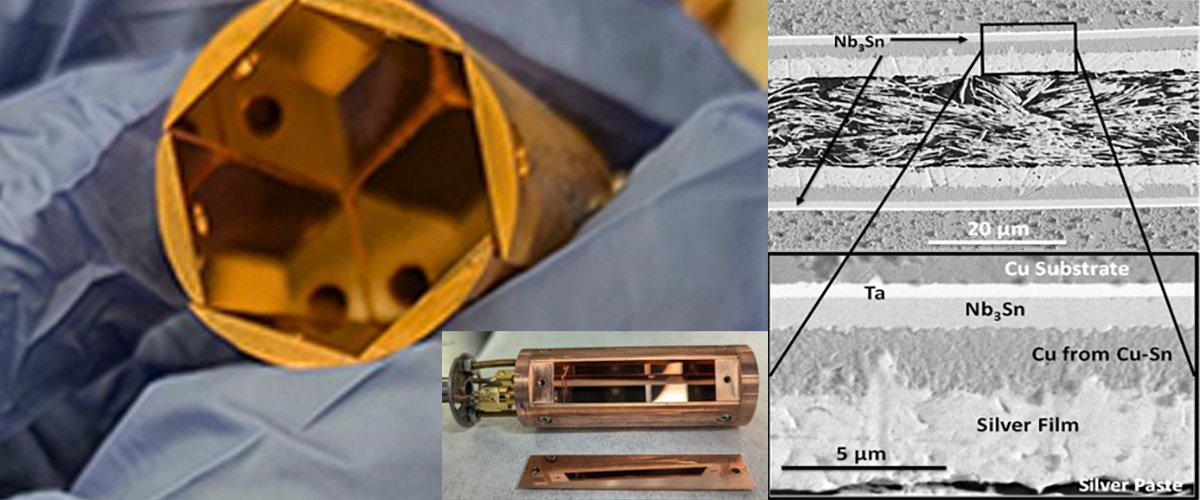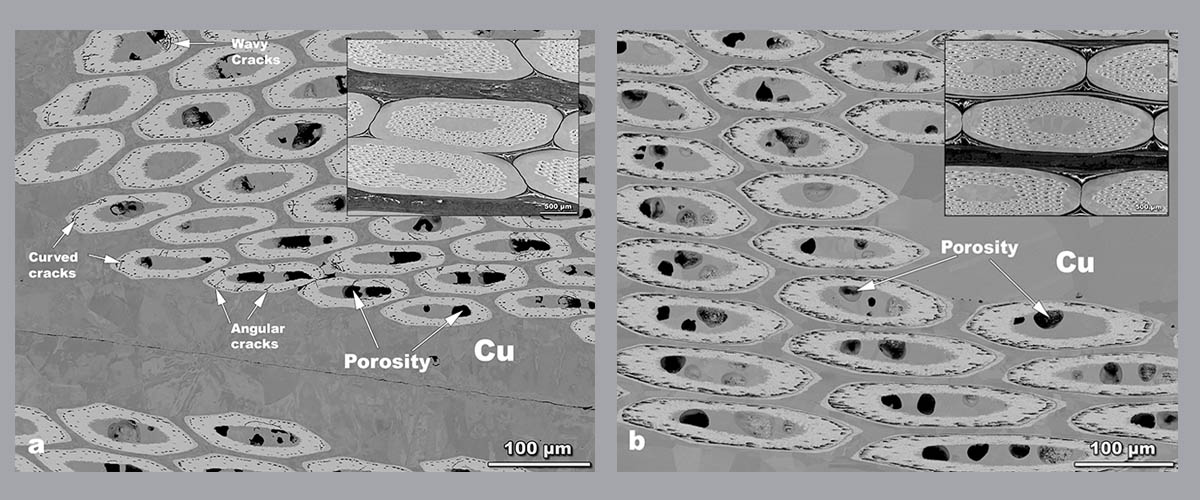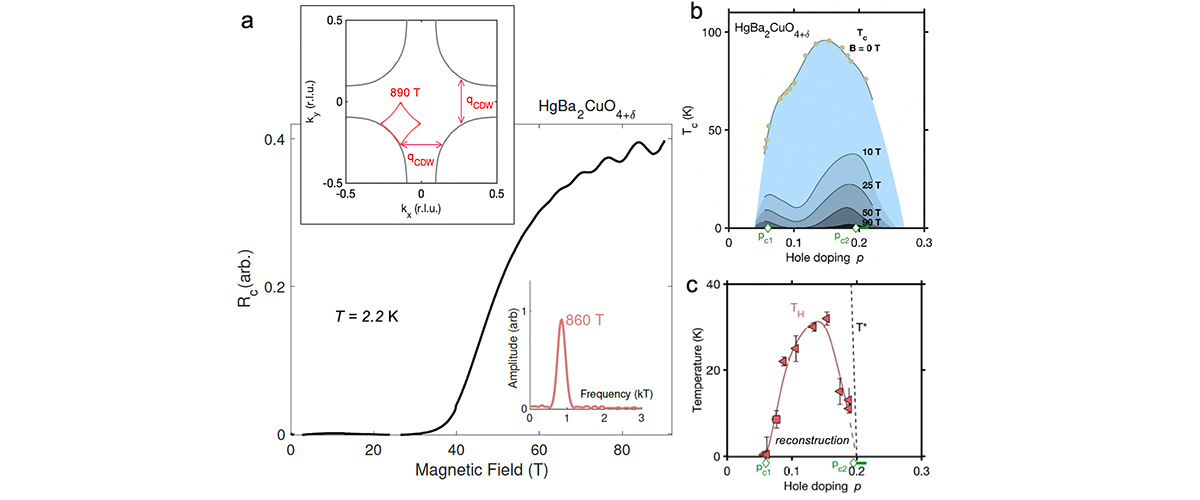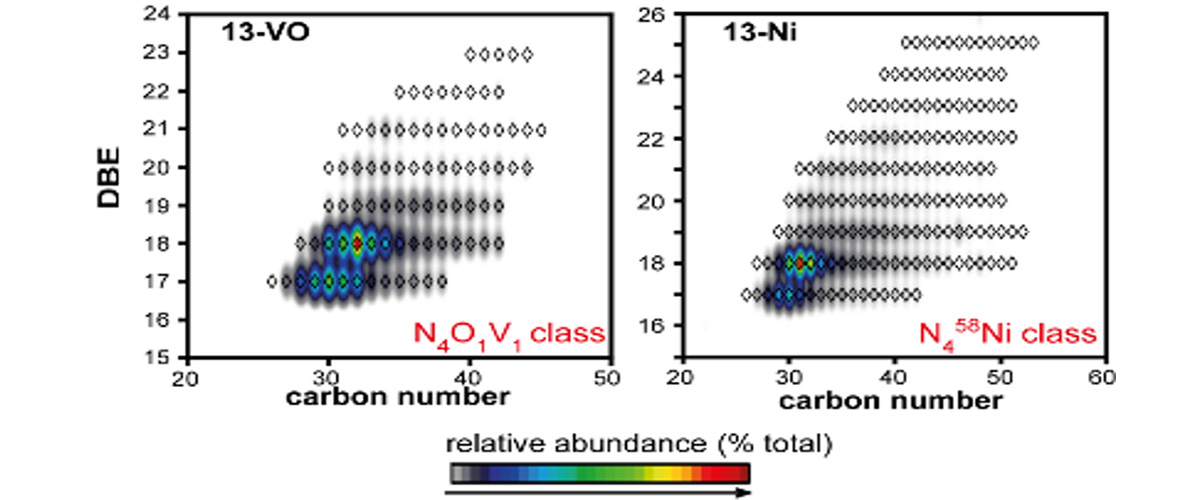What did scientists discover?
Researchers built a compact 26mm-diameter cavity resonator that integrates AC testing with a modular set of removable samples in one device that fits into an existing magnetometer. The cavity resonator has six Copper walls that can be coated with a high-field superconducting material to test the quality factor (a measure of energy efficiency).
Why is this important?
This device is a new kind of quantum detector intended to investigate dark matter in the universe, which has far-reaching consequences for our fundamental understanding. More broadly, developing devices, test capabilities, and superconducting cavity coatings has implications for enhanced particle accelerators and related major science facilities, high-power electron and ion beams for environmental and medical applications, security applications such as detecting threatening materials, and other industrial projects.
Who did the research?
Andre Juliao1,2, Nikolya Cadavid1,2, and Lance Cooley1,2
1Applied Superconductivity Center - National MagLab; 2Florida State University
Why did they need the MagLab?
At the MagLab’s Applied Superconductivity Center, superconducting films can be grown with a state-of-the-art ultra-high vacuum sputtering machine and tested in high magnetic fields. Collaboration with the NMR probes group and the quantum device group provided expertise in AC characterizations and considerations for cavity connections. Characterization facilities in NHMFL allow us to see the film microstructure and connect electrical properties to process improvements.
Other Remarks
Expertise and equipment from William Brey, Malathy Elumalai, and Thierry Dubroca at the National MagLab NMR lab were essential for this project.
Details for scientists
- View or download the expert-level Science Highlight, Radio Frequency Cavity for Tight Loop Optimization of Nb3Sn Thin Films
- Citation: Andre Juliao 2024 Thin Film Superconducting Radio Frequency Workshop
Funding
This research was funded by the following grants: L.D. Cooley (DE-SC 0018379), K. M. Amm (NSF DMR-2128556)
For more information, contact Lance Cooley.
